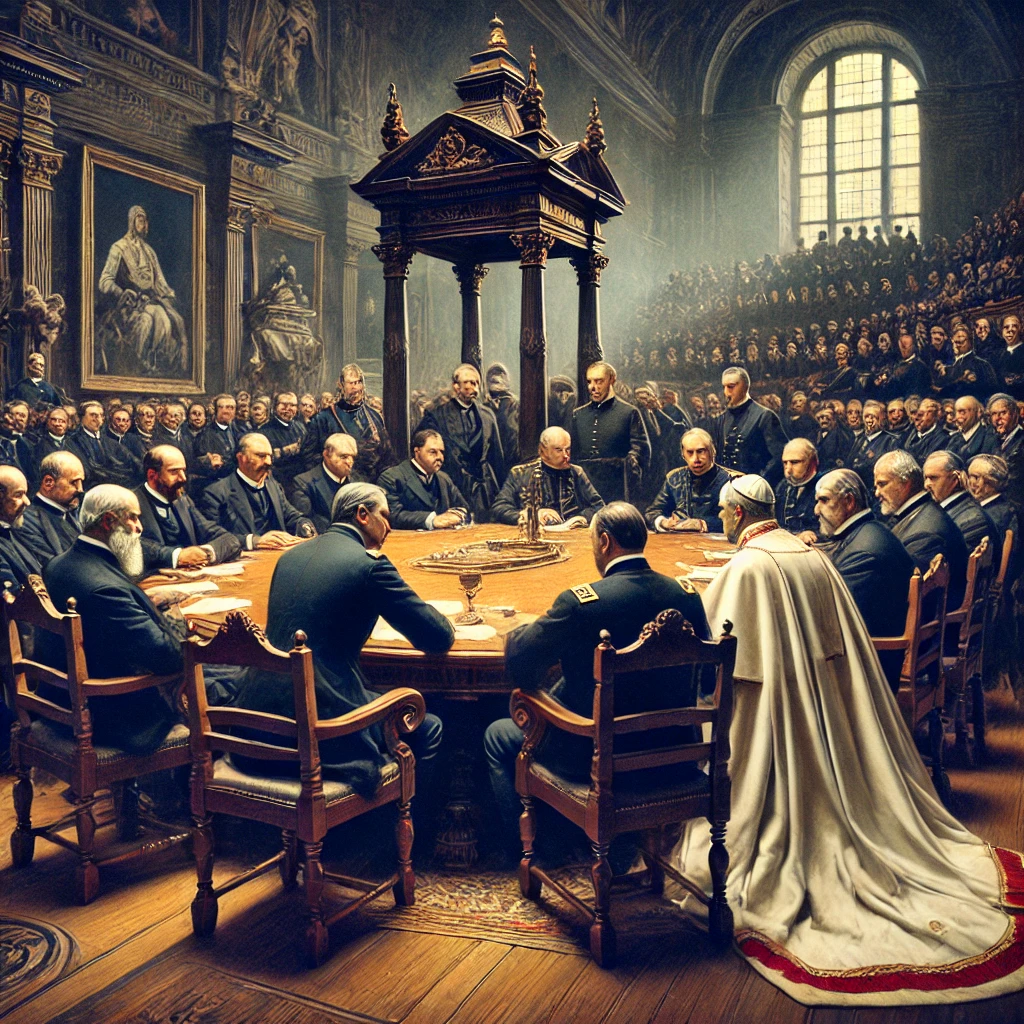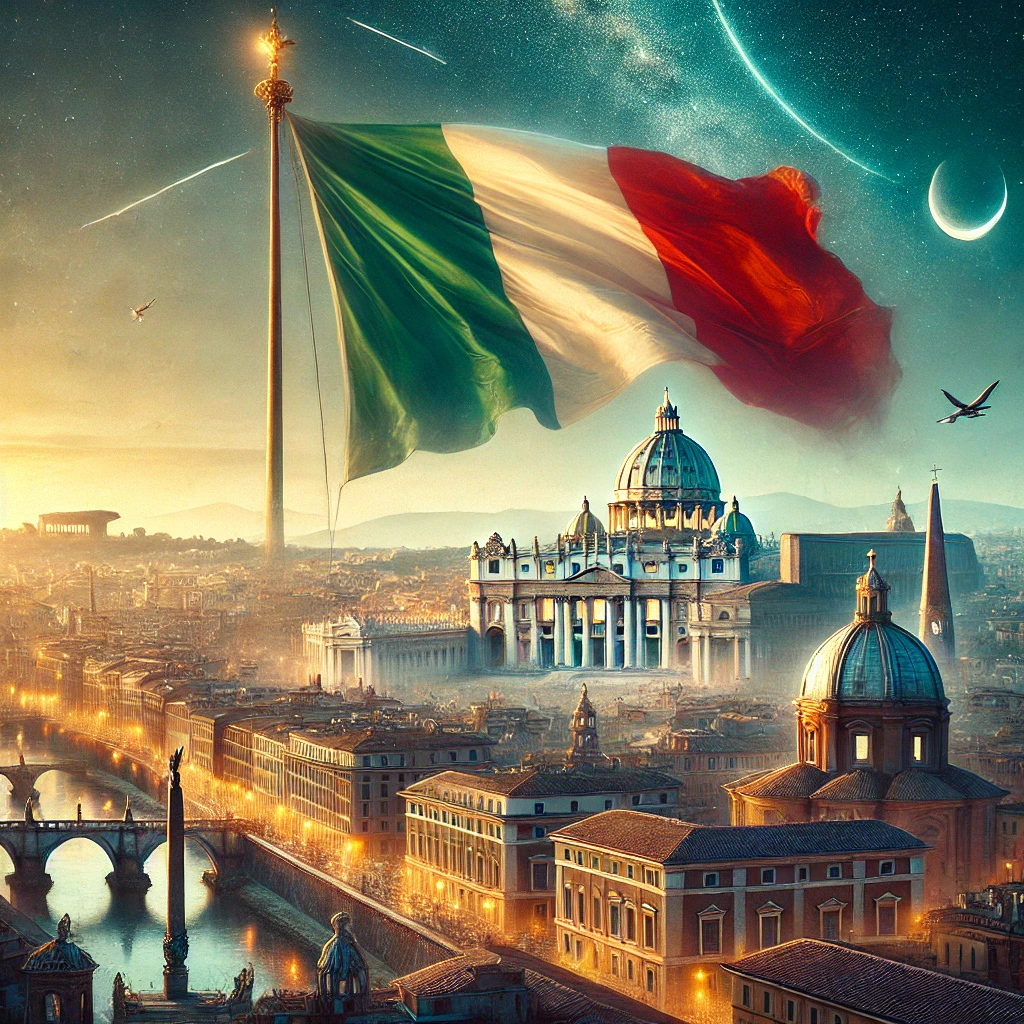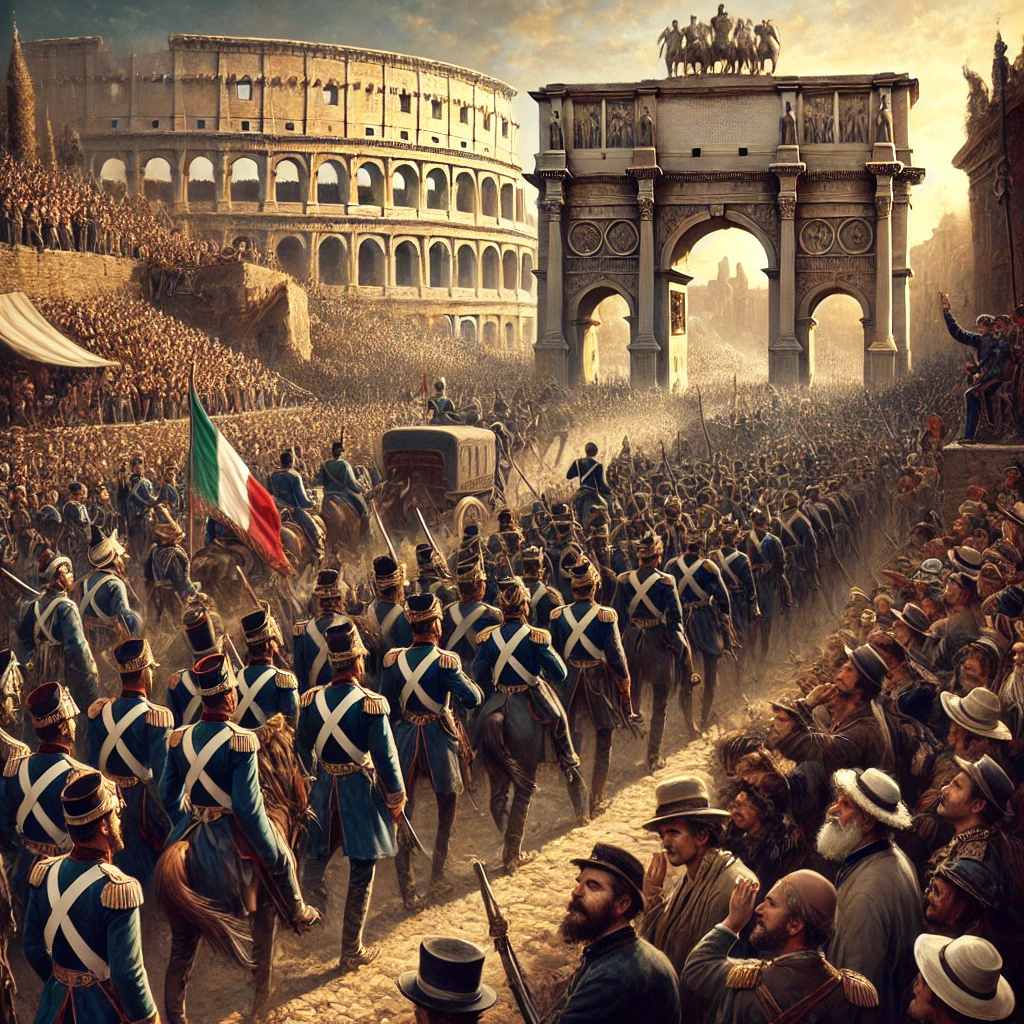On September 20, 1870, Italian troops successfully occupied Rome, a pivotal moment that marked the end of papal sovereignty over the city and solidified its place within the newly unified Kingdom of Italy. This event was a crucial turning point in the Italian unification process, known as the Risorgimento, which aimed to consolidate various independent states and territories into a single nation. The occupation of Rome symbolized the culmination of efforts to unify Italy and redefined the relationship between church and state in Italy.
The Path to Unification
The unification of Italy was a complex and protracted process that began in earnest in the early 19th century. Prior to unification, the Italian peninsula was divided into numerous small states and kingdoms, including the Kingdom of Sardinia, the Kingdom of the Two Sicilies, the Papal States, and the Grand Duchy of Tuscany. These regions were often influenced or controlled by foreign powers such as Austria and France. The drive towards unification was fueled by a growing sense of nationalism and the desire for a single, cohesive Italian identity.

The Role of Key Figures
Several key figures played crucial roles in the Italian unification process. Count Camillo di Cavour, Prime Minister of the Kingdom of Sardinia, was a leading architect of Italian unification. His diplomatic and political efforts, including strategic alliances and military campaigns, were instrumental in achieving the goal of a unified Italy. Another prominent figure was Giuseppe Garibaldi, a revolutionary and military leader whose campaigns, including the famous Expedition of the Thousand, helped liberate southern Italy from Bourbon rule.
The Roman Question
One of the significant obstacles to Italian unification was the “Roman Question,” which referred to the issue of the Papal States and their sovereignty over Rome. The Papal States, governed by the Pope, remained an independent entity and a symbol of papal authority. The existence of the Papal States was a significant barrier to the complete unification of Italy. The conflict between the Italian state and the papacy over the status of Rome became a central issue in the unification process.
The Capture of Rome
By 1870, the Kingdom of Italy had successfully unified most of the Italian peninsula, but Rome remained under papal control. The situation changed dramatically when the Franco-Prussian War broke out in 1870. France, which had been the guarantor of papal sovereignty, was drawn into the conflict, leading to a weakening of French support for the Pope. Taking advantage of the situation, Italian troops, led by General Raffaele Cadorna, launched an assault on Rome on September 20, 1870.

The Assault and Its Aftermath
The Italian assault on Rome was swift and decisive. The city’s defenses, weakened by the absence of French troops, were quickly overcome. The breach of the Aurelian Walls, which had protected the city, marked the effective end of papal temporal power over Rome. The Italian forces entered the city, and by the end of the day, Rome was under the control of the Kingdom of Italy. This event marked the final phase of Italian unification and was celebrated as a momentous achievement in the history of Italy.
The Impact on the Papacy
Following the occupation, the papacy’s temporal authority was drastically reduced. The Lateran Treaty of 1929 would later formalize the arrangement between the Italian state and the Vatican, recognizing Vatican City as an independent sovereign state. However, the immediate aftermath of the occupation saw Pope Pius IX and his successors retreat to the Vatican and its surrounding areas, where they maintained their religious authority but no longer had control over the city of Rome or the broader Papal States.
The Incorporation of Rome into Italy
With Rome incorporated into the Kingdom of Italy, the city became the capital of the unified nation. The incorporation of Rome was a symbolic and practical victory for the Italian state, completing the process of national unification. Rome’s status as the capital city brought together the political and cultural heritage of ancient Rome with the aspirations of modern Italy. The unification of Italy had a profound impact on the country’s political, social, and cultural landscape.
Legacy and Historical Significance
The events of September 20, 1870, have had a lasting impact on Italian history. The unification of Italy was a monumental achievement that reshaped the political map of Europe and established a unified Italian nation-state. The occupation of Rome and the subsequent reduction of papal authority represented a significant shift in the relationship between church and state in Italy. The formation of the Kingdom of Italy marked the beginning of a new era in Italian history, characterized by efforts to build a cohesive national identity and address the challenges of modern statehood.
Contemporary Reflections
Today, the legacy of the September 20, 1870, occupation is remembered as a defining moment in the history of Italy. The unification process and the incorporation of Rome into the Kingdom of Italy are celebrated as milestones in the creation of the modern Italian state. The historical significance of these events continues to be studied and analyzed, offering insights into the complexities of nation-building and the interplay between political and religious institutions.

In Summary
The occupation of Rome by Italian troops on September 20, 1870, was a pivotal event in the unification of Italy. It marked the end of papal sovereignty over the city and solidified Rome’s status as the capital of the newly unified Italian state. The impact of this event on the relationship between church and state, as well as on the broader process of Italian unification, remains a significant chapter in the history of Italy. The legacy of September 20, 1870, continues to be a source of reflection and pride in the ongoing story of Italy’s formation as a unified nation.
